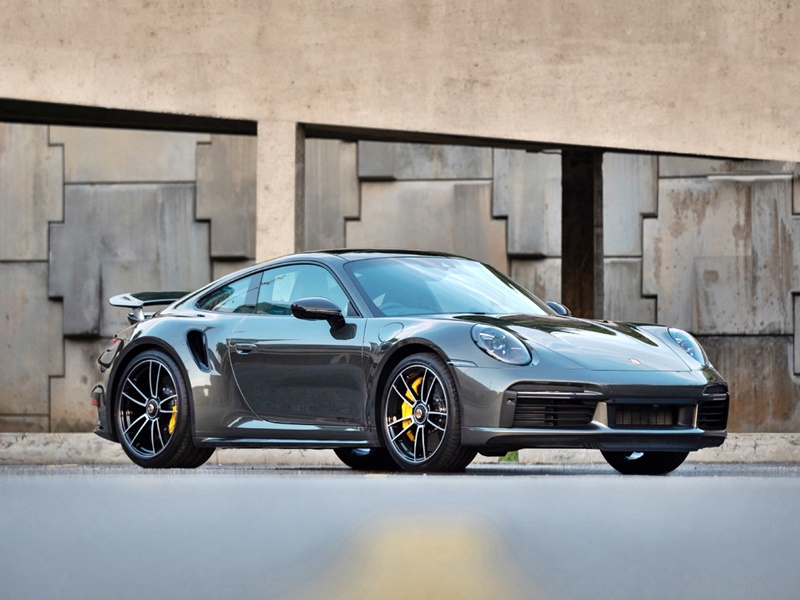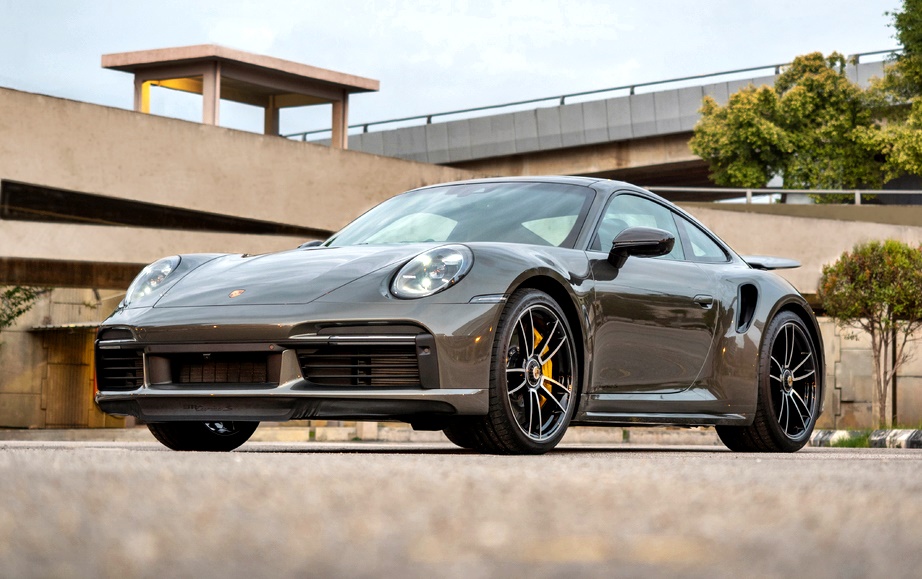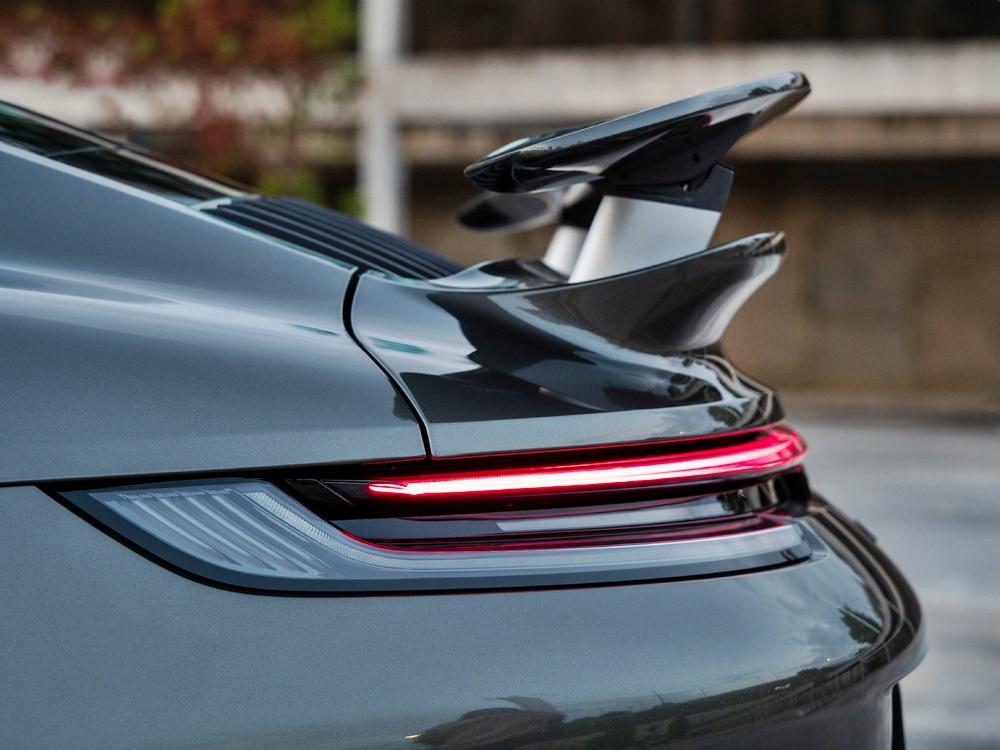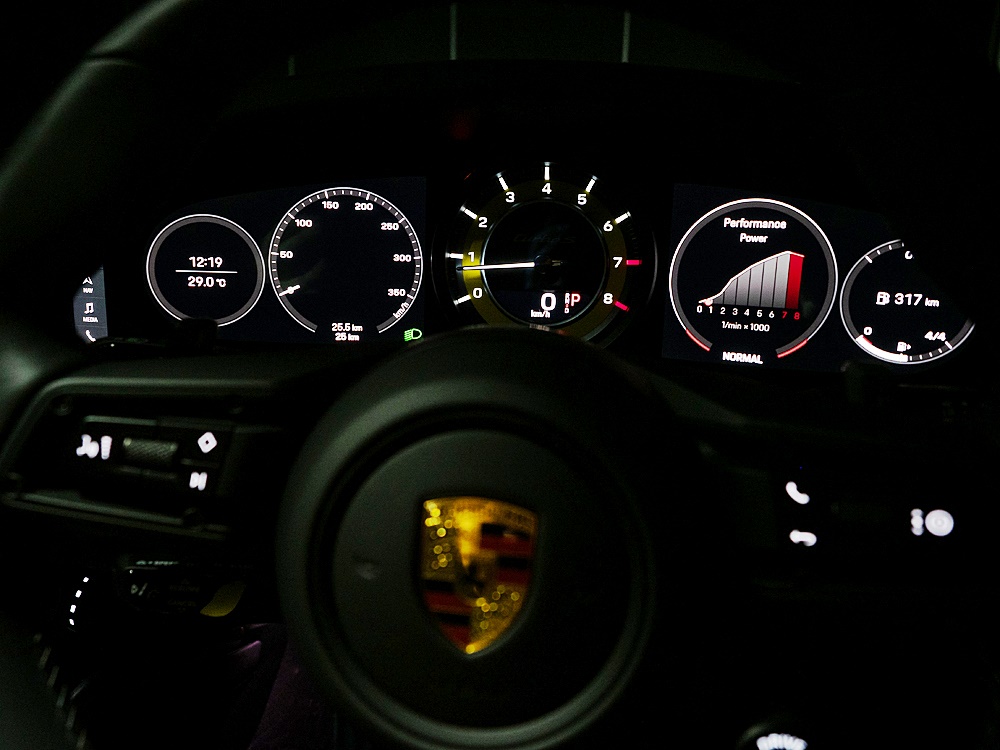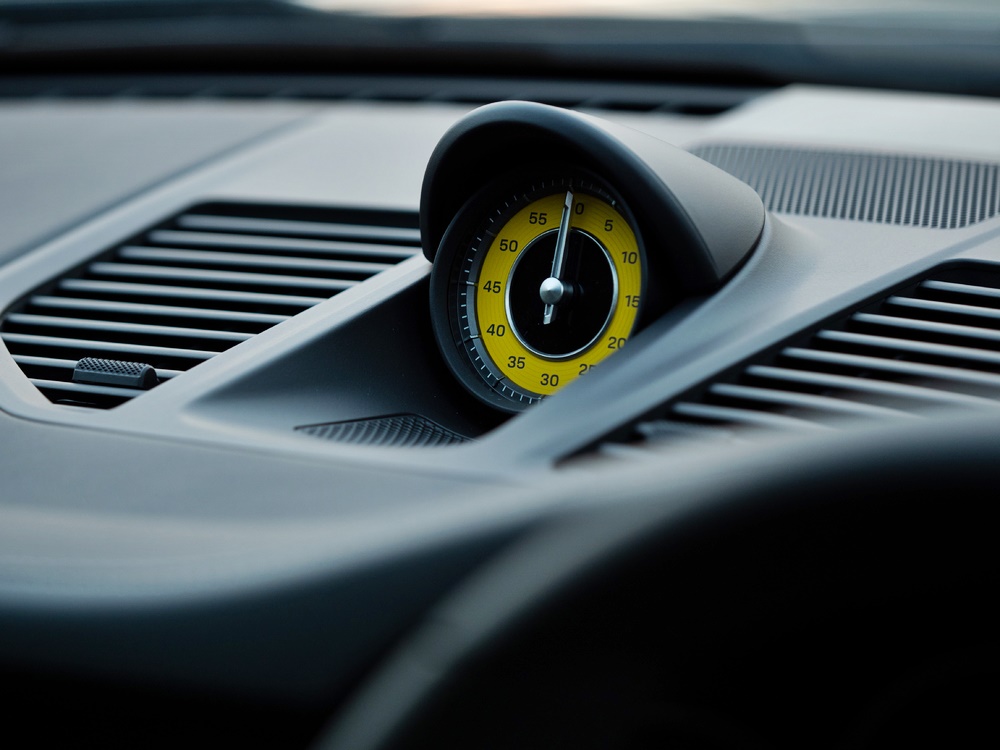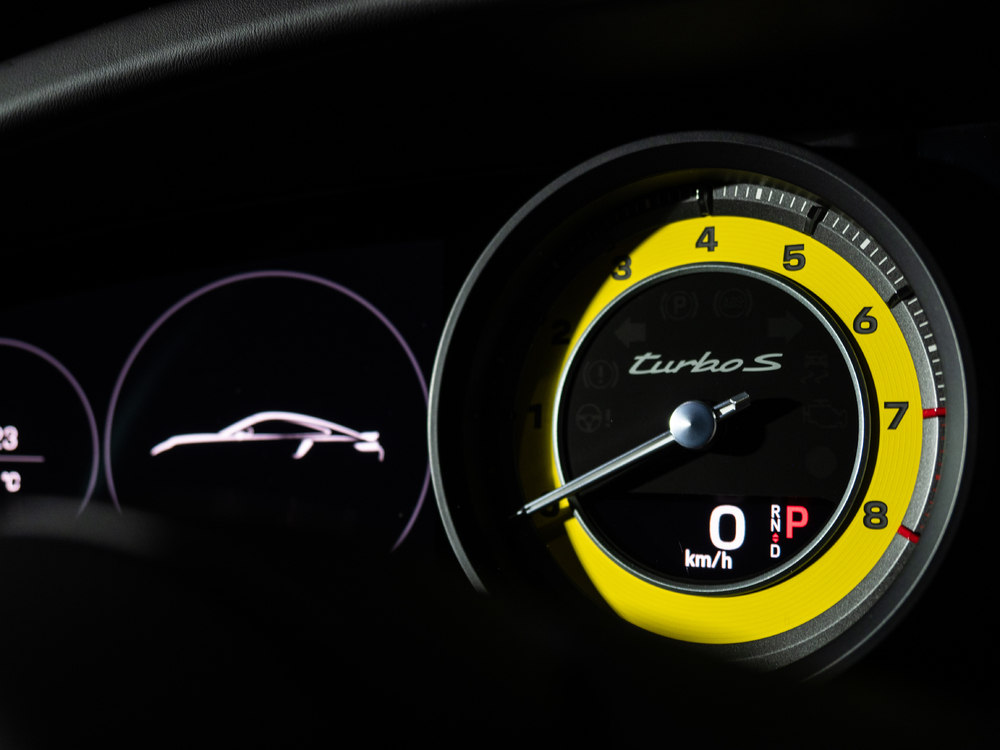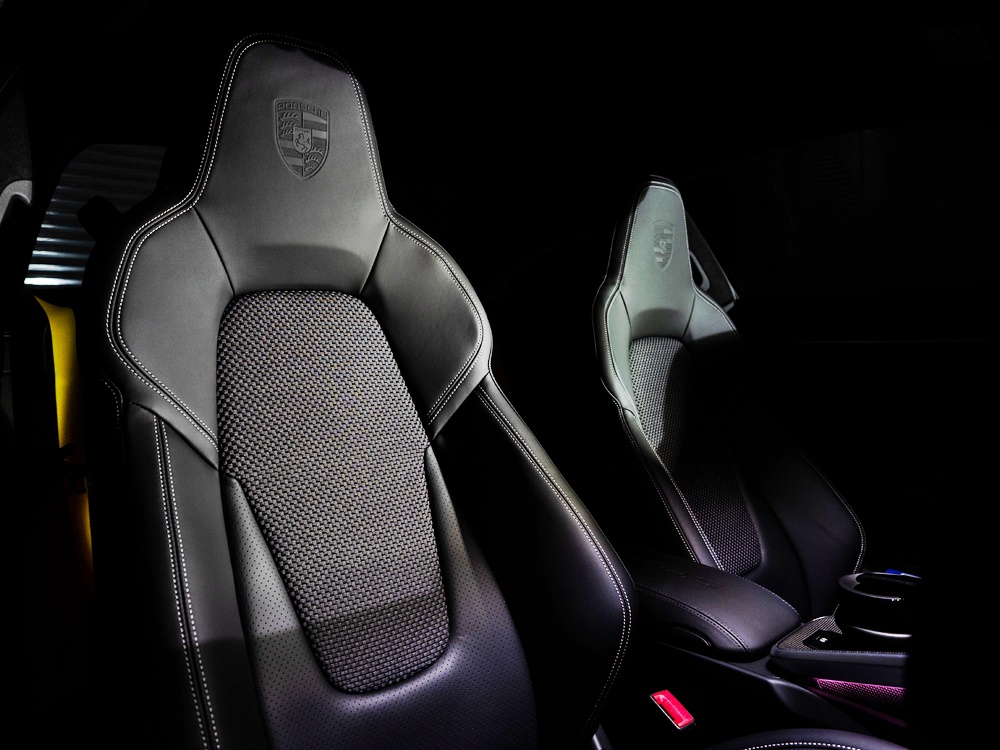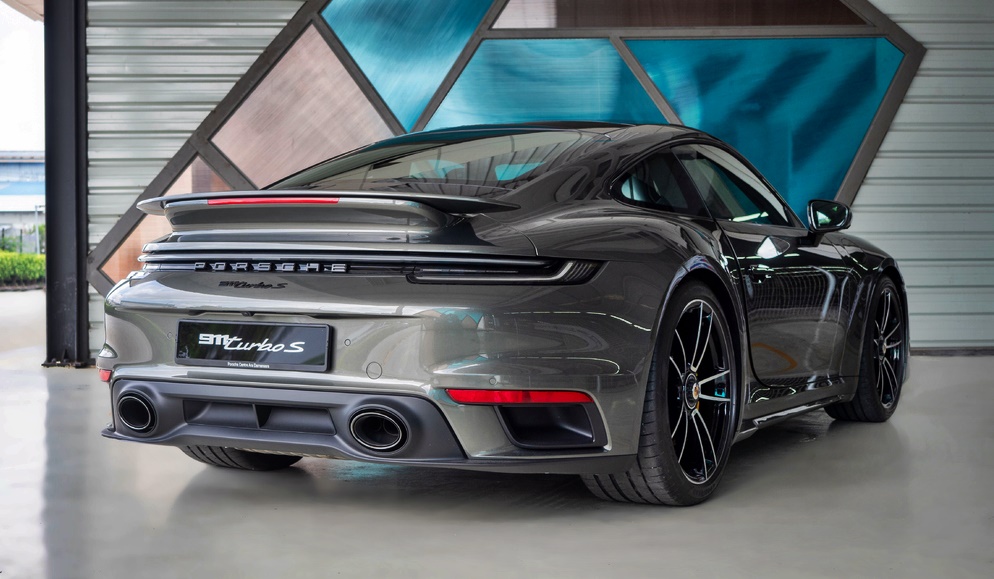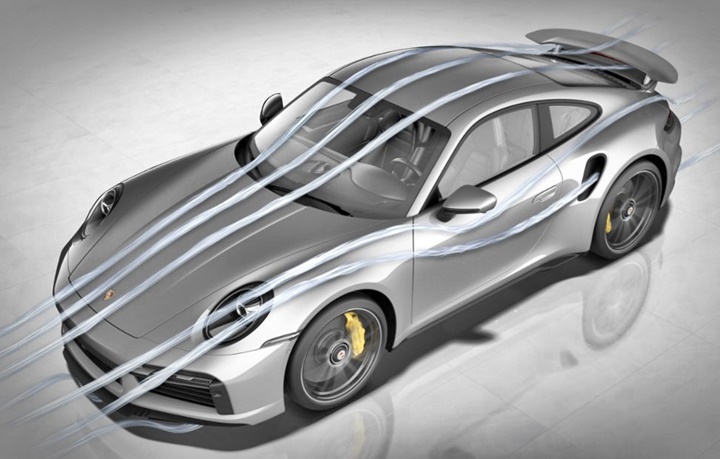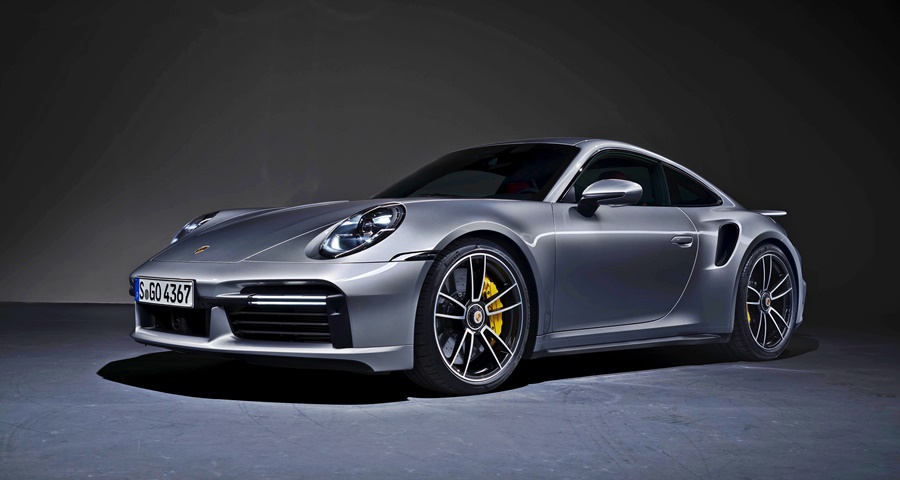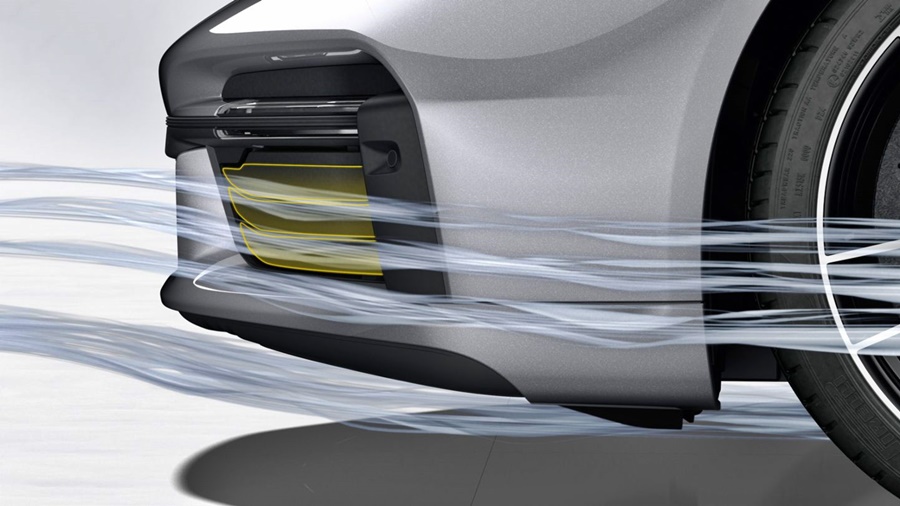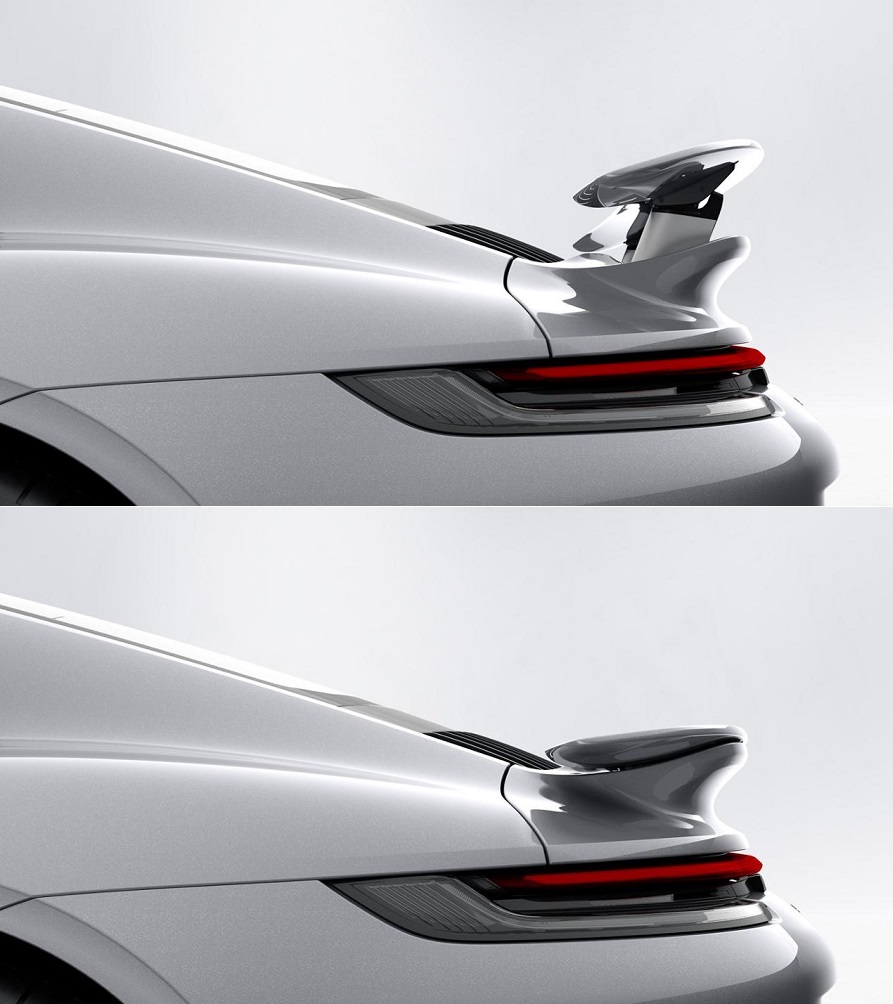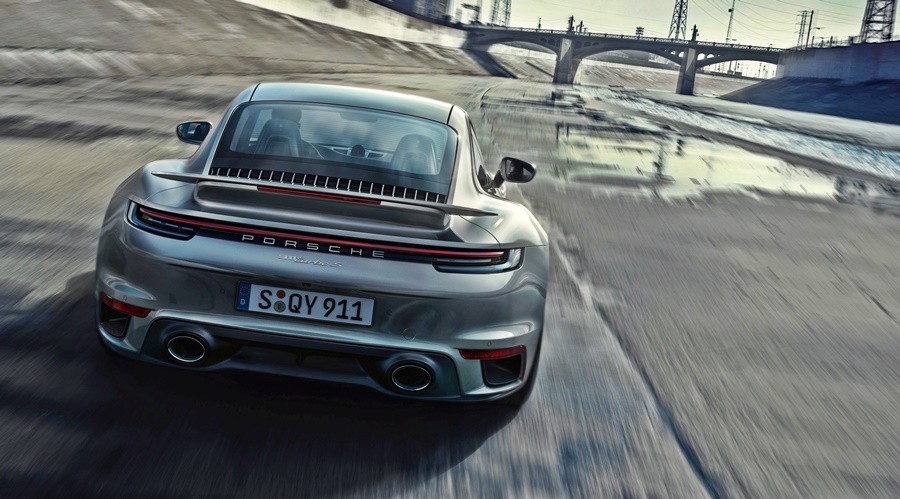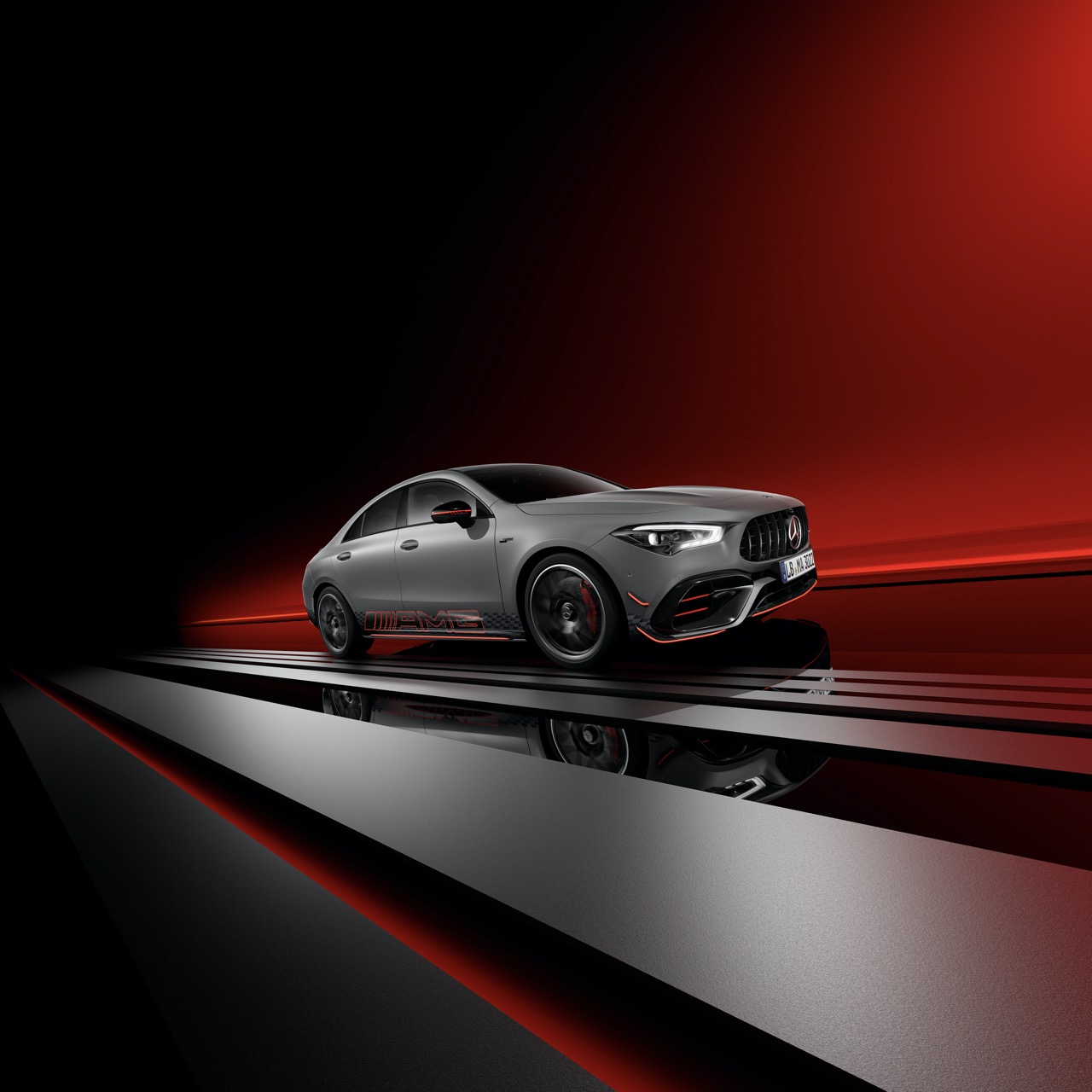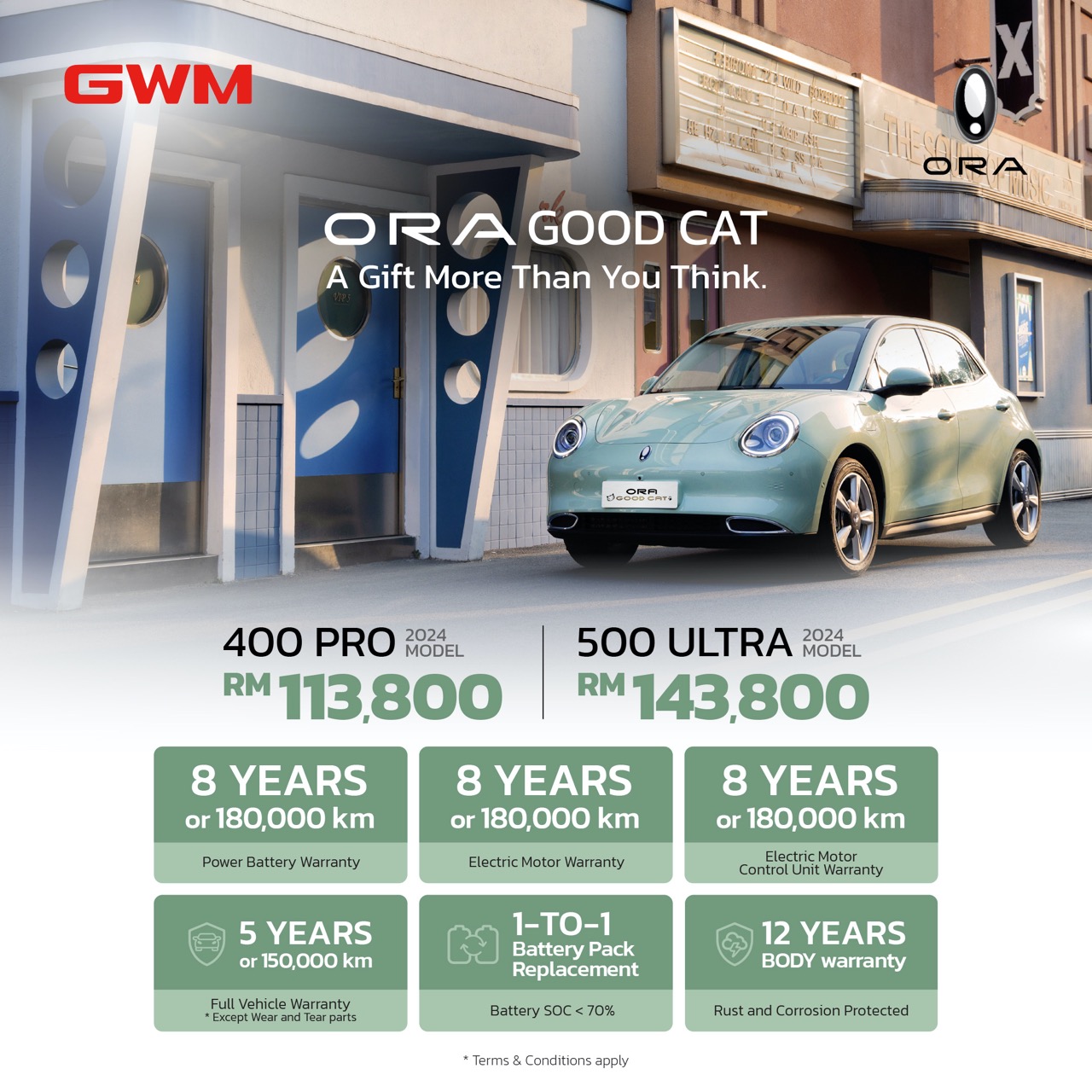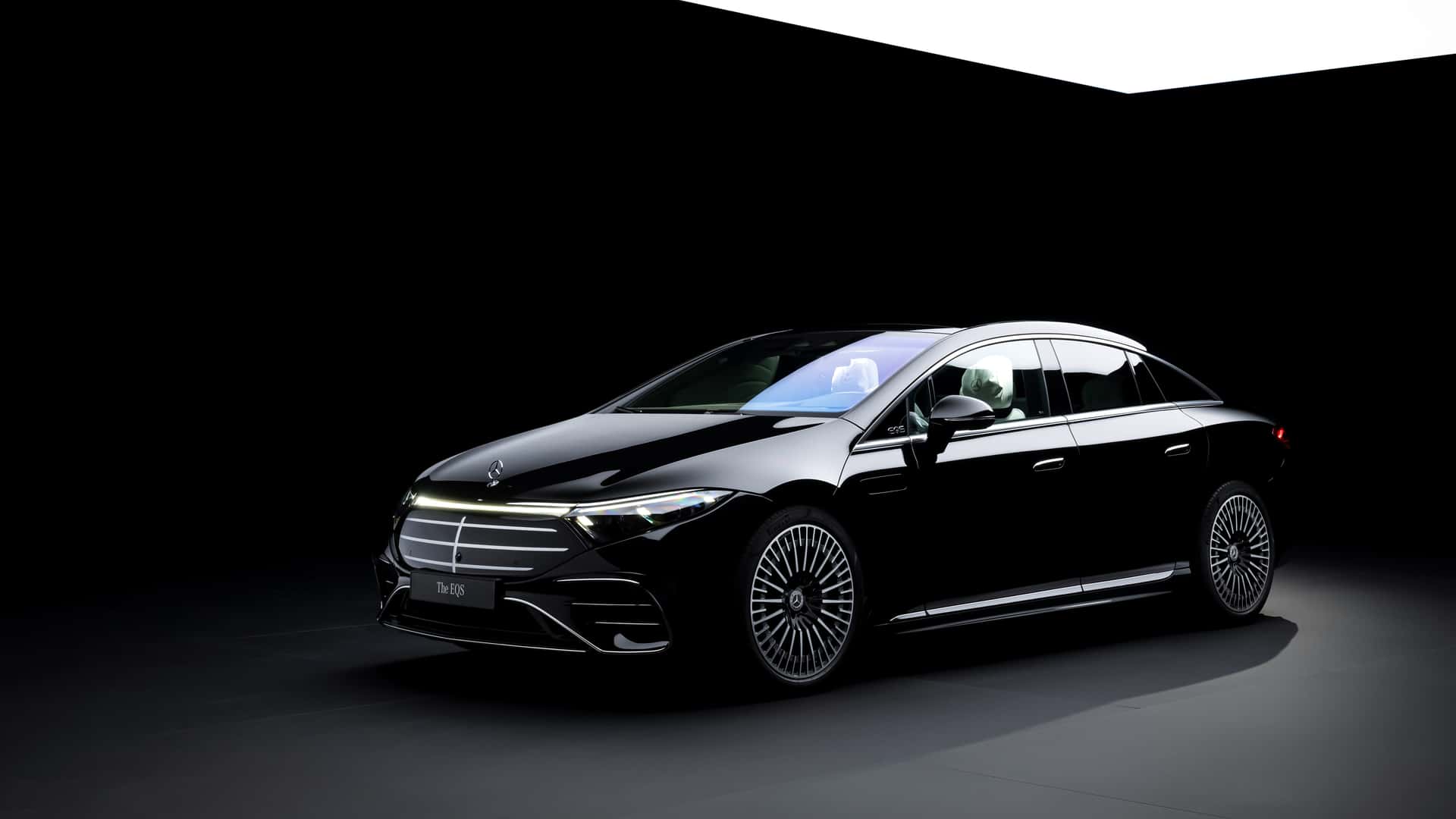For more than 4 decades, the Porsche Turbo has been the top of the company’s range, offering superlative performance and optimum driving dynamics. The latest generation 911 Turbo S is now officially available from Sime Darby Auto Performance (SDAP), priced from RM2,235,463 (with 50% exemption of sales tax until June 30, 2021).
New 6-cylinder boxer engine
The latest model has a new 3.8-litre 6-cylinder boxer engine with two VTG turbochargers, and delivers 650 ps/800 Nm. Based on the 911 Carrera engine generation, it features a completely redesigned air-cooling system; new, larger turbochargers in a symmetrical layout with electrically adjustable wastegate flaps, as well as the use of piezo injectors, which have significantly improved the vehicle’s characteristics with regard to responsiveness, power, torque, emissions and revving ability.
With 8 gears in the PDK optimised for the turbocharged engine, the 0 to 100 km/h acceleration time is said to be two-tenths of seconds quicker than before but the top speed is still 330 km/h. Thanks to the enhanced Porsche Traction Management all-wheel drive system, the transfer case can distribute significantly more torque, with up to 500 Nm being transferred to the front wheels.
Modified track widths, further developed aerodynamics and new mixed-sized tyres contribute to the agility and sportiness of the new 911 Turbo S. The track is now 42 mm wider at the front axle and 10 mm wider at the rear axle.
The body dimensions have also been increased significantly in line with the enhanced driving dynamics, with an added 45 mm above the front axle (1840 mm) and an increase of 20 mm in overall width above the rear axle (1900 mm).
Adaptive aerodynamics
Porsche Active Aerodynamics (PAA) adapts the aerodynamic characteristics even more precisely to the driving situation, speed and selected driving mode. This resolves the age-old aerodynamic configuration dilemma: the contradiction between a low drag coefficient for maximum speed and low consumption, and high downforce for better driving dynamics.
The comprehensive expansion of PAA makes it possible to achieve a much larger spread between the aerodynamic configurations for optimum driving dynamics and minimum drag. The adaptive aerodynamics now include controlled cooling air flaps at the front and a larger rear wing for even more downforce.
The active cooling flaps, together with the variable front spoiler lip as well as the larger extending and tilting rear wing which delivers 15% more downforce, offers 3 active aerodynamic components, depending on the speed and driving mode. In the newly available Eco configuration, the rear wing is retracted over a large speed range so that the vehicle can be driven with minimum drag.
Wet Mode
Also new is a ‘Wet mode’ which enhances driving stability in wet conditions. The extended but not yet tilted rear wing combined with the completely retracted front spoiler lip shifts the aerodynamic balance towards the rear axle when the Wet mode is activated. This results in a higher rear-end and driving stability for greater safety on wet road surfaces.
In the event of full braking at high speed, the new airbrake function will be activated automatically. The front spoiler and rear wing are moved to the Performance position for higher drag and increased downforce to reduce the braking distance and improve driving stability during braking.
For the first time, the 911 Turbo S is factory-fitted with mixed tyres in two different sizes: 20-inch tyres with unique 255/35 dimensions at the front, and 21-inch 315/30 tyres at the rear.
High quality sporty finish
The interior has a high-quality and sporty finish. Standard equipment includes a full leather interior and carbonfibre trim in combination with Light Silver accents. The 18-way adjustable sports seats have stitching that pays homage to the first 911 Turbo (type 930). High quality graphic elements and logos in the instrument cluster complete the characteristic Turbo S features.
The centre screen of the PCM is now 10.9 inches and can be operated quickly without distraction, thanks to its new layout with significantly reduced number of controls. Other features on board are the GT sports steering wheel, the Sport Chrono package with newly integrated Porsche Track Precision app and BOSE Surround Sound system.
“The Porsche Turbo designation is synonymous with outstanding performance, even when it was first introduced. The forefather of all Turbos (the 930 generation) was indeed a technical revolution in car production and has been improved time and time again. This is even more so with the new 911 Turbo S. While it performs at the level of a supercar, the daily driveability remains outstanding. It is this flexibility to react to different situations that makes the 911 Turbo S a personal favourite of mine. Combining unprecedented power, driving dynamics and comfort with efficiency builds a bridge from tradition to innovation with this new generation,” said Christopher Hunter, CEO of Sime Darby Auto Performance.
For more information on the new 911 Turbo S or other Porsche models available in Malaysia, contact one of these authorised Porsche Centres: Porsche Centre Ara Damansara | Porsche Centre Sungai Besi | Porsche Centre Penang | Porsche Centre Johor Bahru.


